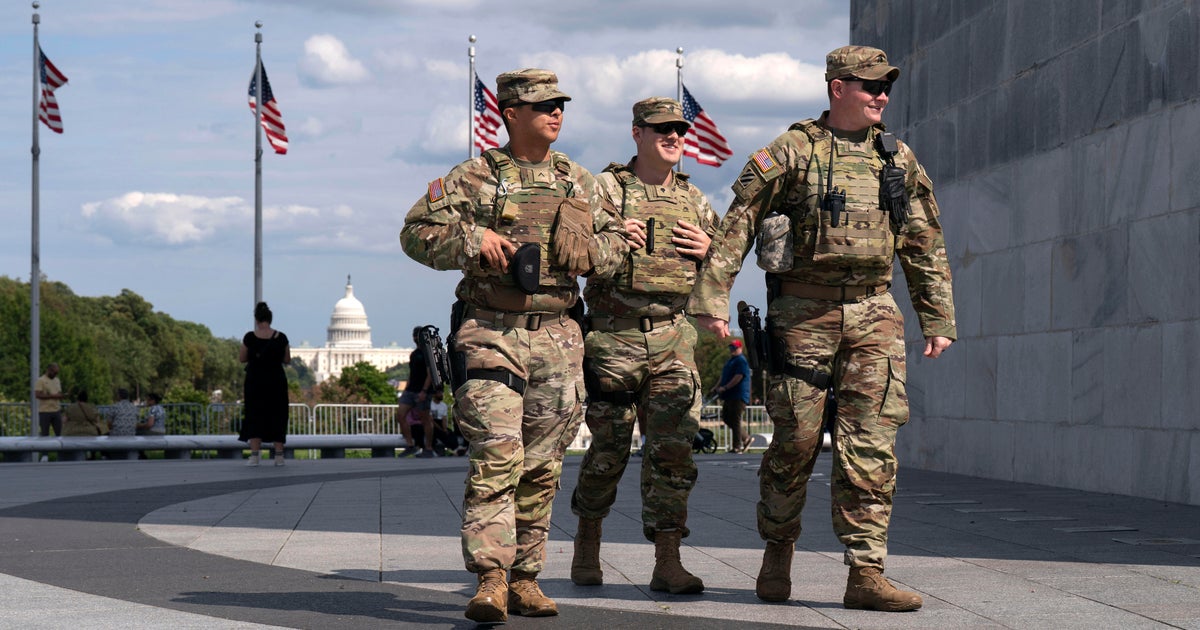Councils have expressed frustration after the Allan government revealed designs to allow buildings up to 16 storeys high in the likes of Oakleigh, Kew and Hawthorn without showing local planners first.
Premier Jacinta Allan on Wednesday unveiled draft maps for the first tranche of 25 train and tram zone activity centres across Melbourne, where the state government will relax planning rules in a bid to boost housing supply and improve affordability.

Shops on High Street, Armadale, in the Stonnington municipality, where six new activity centres were unveiled today.
The precincts around transport hubs are predominantly in the city’s wealthier east as the government argues these well-serviced suburbs must shoulder more of Melbourne’s booming population.
But Stonnington Council – which includes the new Tooronga, Gardiner, Glen Iris, Darling, East Malvern, and Holmesglen activity centres – decried not being consulted about the draft maps, and has argued they could deliver 17,000 more homes than the government wants under their own plans.
The council adopted a new housing strategy and neighbourhood activity centre framework on Monday night, which they claim could accommodate 67,000 more dwellings by 2051 while using more stringent floor area ratio rules to improve build quality.
Stonnington Mayor Melina Sehr said the council “has once again been blindsided by the state government” as she claimed the draft activity centre plans were announced “without proper and informed engagement”.
“What they are proposing is out of step with the expectations of our community,” Sehr said.
“We propose a better way, supported by the local community, and it is time for the state government to understand and accept this.”
Planning Minister Sonya Kilkenny told reporters in Kew on Wednesday that activity centres would reflect each suburb’s different needs.

The draft activity centre plan for Oakleigh.
Building limits at their highest in the activity centre “core” around railway stations and tram stops before tapering down to low-rise apartments and townhouse sizes.

Boroondara Mayor Sophie Torney says the state has ignored locals in their plans for the Hawthorn, Glenferrie, Auburn and Kew Junction activity centres.Credit: Eamon Gallagher
Oakleigh is set to undergo some of the most significant changes of any activity centre – 16-storey buildings will be allowed on land currently used for carparking.
Kilkenny said the government had altered heights and boundaries for the first 10 activity centres in response to community feedback, and would similarly consult about the 25 new maps.
But Boroondara Mayor Sophie Torney suggested the state had ignored locals in their plans for the Hawthorn, Glenferrie, Auburn and Kew Junction activity centres.
Building-height limits within Boroondara’s larger Camberwell Junction activity centre were reduced to 12 storeys in February, but pockets of the municipality’s four new planned activity centres allow buildings up to 16 storeys.
“The government has already completed one round of community consultation on these significant proposals, but I see no evidence that the voices of our community have shaped these updated plans,” Torney said.
“To ignore community wishes erodes community confidence in government and the planning system.”
YIMBY Melbourne, meanwhile, welcomed the state government announcement, but said the draft maps appeared to show smaller zones for housing than expected.
The group warned “every time concessions are made and plans are scaled-back means fewer opportunities to build more homes where people want to live”.
“YIMBY Melbourne is pleased to see housing and planning reforms continue to progress across our city, unlocking homes for future generations,” lead organiser Jonathan O’Brien said.
“Melbourne has one of the world’s most iconic transit systems – it’s about time we made sure more Melburnians can access it.
“Building homes around transit is the best way to get this done.”
Kilkenny said the government had worked with councils on all 25 additional activity centres, in many instances picking up on existing planning work they had already started.
“This is about delivering more homes for Victorians, particularly young Victorians who have been locked out of these areas,” Kilkenny said.

Premier Jacinta Allan and Minister for Planning Sonya Kilkenny examine new development maps in Kew on Wednesday.Credit: Simon Schluter
“Just by way of example, you take Boroondara or Bayside [council areas]. We know over the last 30 years, these areas have grown only by about 30 per cent compare that to our growing suburbs like Melton and Wyndham, who have seen growth of more than 400 per cent over that same time period.”
Kilkenny said the activity centres would continue to recognise heritage, environmental and neighbourhood character overlays.
“It won’t impact those but what it will do is guide more homes in the locations where it makes sense to build more of them and to give certainty over the long term,” she said.
Allan said Victoria was currently building more homes than other state and this was reflected in the property market’s affordability compared to other parts of the country.
Urban Development Institute of Australia Victorian chief executive Linda Allison said the release of the maps were welcome, but meaningful tax reform was needed to spur construction.
“Plans are good, action is better. Even with more planning certainty, the current market conditions for apartment developments are exceedingly difficult,” she said.
Loading
Allison said it would take time to reach the government’s goals of 70 per cent of new development taking place in established areas, and called on the government to put similar efforts into resolving planning issues in greenfield areas where many affordable homes could be delivered.
Consultation on the new draft activity centre maps will be open until October 19.
Start the day with a summary of the day’s most important and interesting stories, analysis and insights. Sign up for our Morning Edition newsletter.
Most Viewed in National
Loading


















































